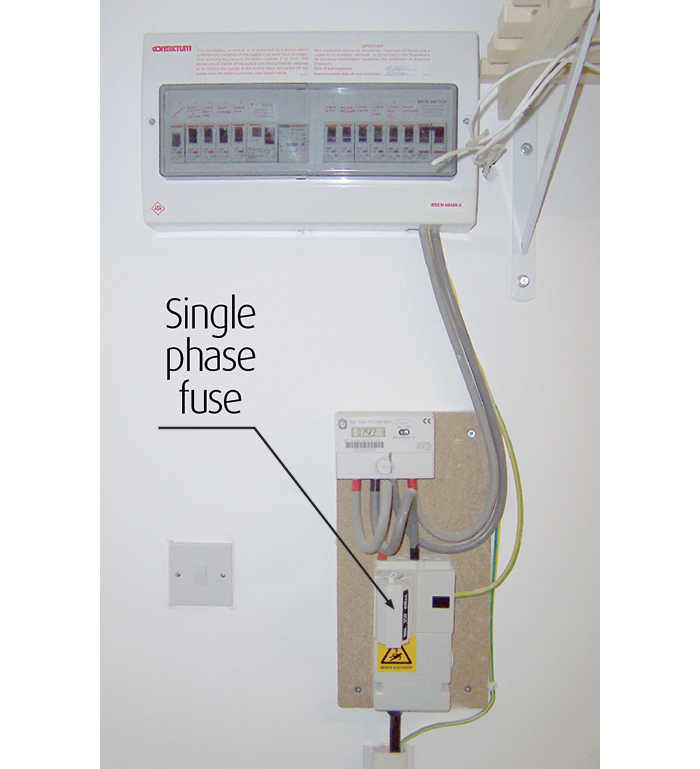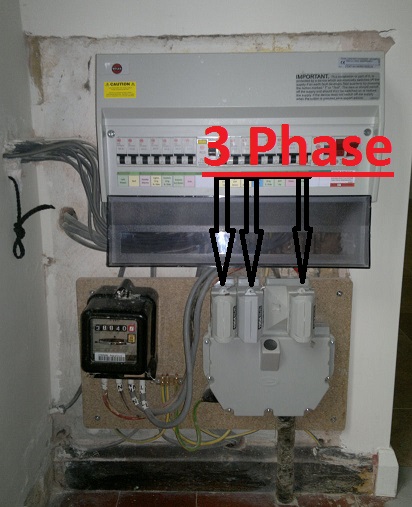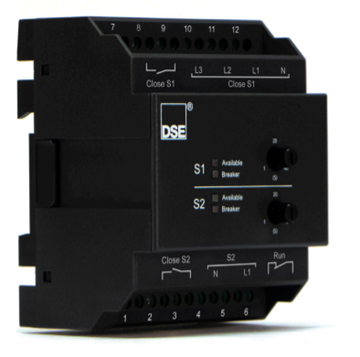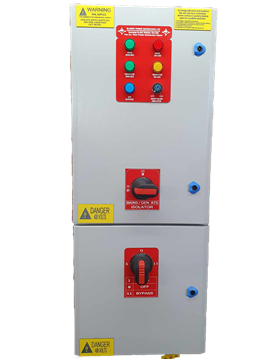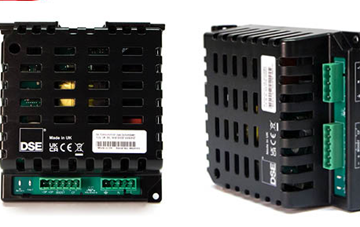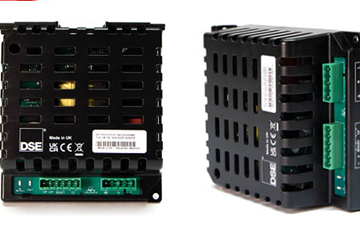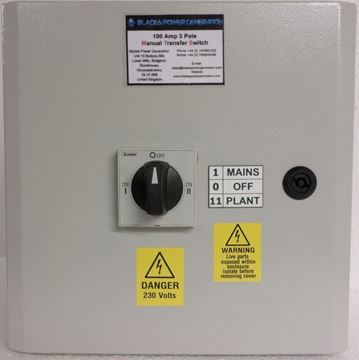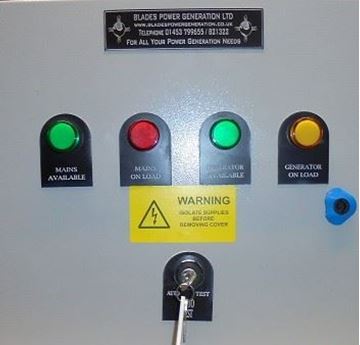Standby engine generators, as the name suggests, are vital for emergencies. They are kept as backups to generate power during outages. Now, swift activation of standby engine generators is crucial when outages persist for a longer period of time. Specific issues such as failure to start, generator not connecting due to switchgear malfunction, or operational failure post-connection may sometimes delay the activation of the generator. By using a branded generator changeover switchgear, you can eliminate these problems.
Common Generator Problems and the Ways to Address Them
Problem 1: The generator engine failed to start
Solution: Confirm the engine and switchgear controls are in automatic mode. Regularly check battery health and charger power. Be cautious of ATS not detecting power failure, hindering engine start. Periodic ATS tests, briefly cutting normal power, ensuring prompt engine response, and verifying ATS functionality during utility outages.
Problem 2: Engine running but failing to meet critical load
Solution: During routine maintenance, technicians must validate the correct switchgear neutral switch timing setpoint. Regular checks should ensure the engine main breaker is closed. Adjust the breaker setting to avoid unnecessary trips under load. Conduct frequent transfer tests initiated manually at the ATS without opening circuit breakers to prevent failure modes. The common failure modes are:
- The ATS does not acknowledge acceptable generator power
- ATS jamming or failing to transfer
- And, contacts fail under load post-transfer
This proactive approach ensures the reliability of the generator switchgear and minimises potential operational failures.
Problem 3: The engine carries the load smoothly but fails before the return of utility power
Solution: Prevent fuel-related issues by routinely inspecting pumps and filters for contamination. Run the generator for extended periods to confirm prolonged performance and avert these potential failure modes.
- Engine overheating
- Component failures
- Incompatibility issues with load, such as voltage regulator or speed governor issues
Problem 4: The engine still runs after stable utility power returns
Solution: Verify switchgear setpoints for potential manual transfer requirements. Ensure correct adjustment of the ATS-in-phase monitor and appropriate engine frequency for seamless in-phase monitoring and closed-transition transfer.
Avoid generator issues with the best switchgears
Selecting the right generator changeover switchgear is critical for unhindered power transitions during power cuts and supply outages. The choice influences the reliability of backup power systems by ensuring timely and automatic shifts between utility and generator power. Well-designed switchgear minimises the risk of failure modes, such as failure to recognise utility power return or jams during transfer. Find the best switch gears with Blades Power Generation today!













